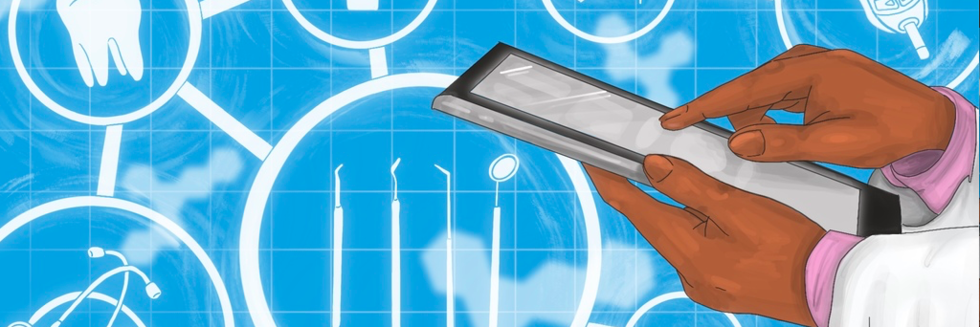PROBLEM: Interprofessional education (IPE) is valued but difficult to deliver, given logistical and other barriers. Centering IPE around patients and grounding it in authentic practice settings are challenging within early undergraduate medical education.
APPROACH: This intervention facilitated student-patient conversations to elicit patient reflections on the health care professionals who keep them healthy and care for them when they are unwell. After being introduced to the Interprofessional Education Collaborative (IPEC) core competencies, first-year medical (n = 127) and dental (n = 34) students conducted a brief semistructured patient interview, using an interview card with guiding questions, during a precepted outpatient clinic session in March-May 2021. Students transcribed patients' stories and wrote their own reflections on the interview card. These reflections were used as a stimulus for a class IPE discussion. The authors employed a pragmatic qualitative research approach to explore what students learned about interprofessional collaboration from reflecting on patients' stories.
OUTCOMES: Of the 161 students, 158 (98%) completed an interview card. Sixteen health professions were represented in patients' stories. The patients' stories prompted students to recognize and expand their understanding of the IPEC competencies. Students' responses reflected synthesis of the competencies into 3 themes: students value patient-centered holistic care as the goal of interprofessional collaboration; students reflect emerging professional and interprofessional identities in relating to patients, teams, and systems; and students appreciate interprofessional care is complex and challenging, requiring sustained effort and commitment.
NEXT STEPS: Next steps include continuing to integrate patient voices through structured conversations across the undergraduate and graduate medical education spectrum and adapting the model to support conversations with other health professionals engaged in shared patient care. These experiences could foster ongoing deliberate reflection by students on their professional and interprofessional identity development but would require investments in student time and faculty development.
